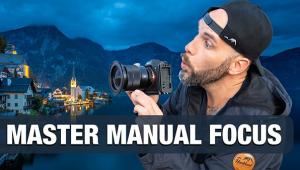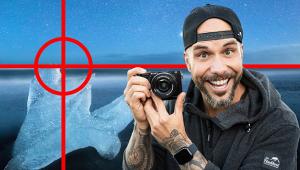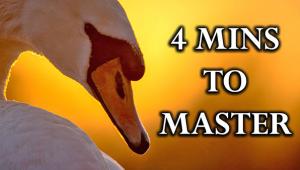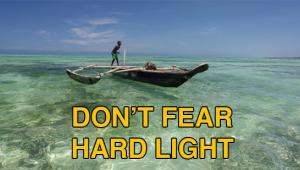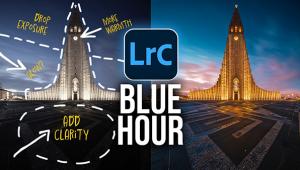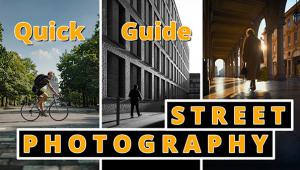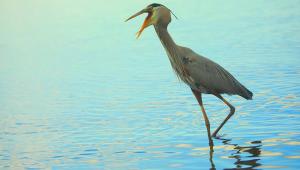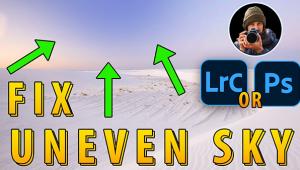Watch This Free Guide on How to Get Started with Long Exposure Photography

Long exposure photography seems like it could be a challenge. If you follow some basic principles, however, you'll be capturing some spectacular long exposure landscape shots in no time.
A good place to get started with long exposure photography is Mark Denney's excellent, free tutorial below.
"Perhaps the best part about long exposure photography is that you're able to create something that doesn't exist in real life as you cannot see the impact that long exposures has on moving objects with your naked eye," Denney says. "And, the best part is that you don't have to rely on post-processing wizardry in order to create this, it's all done in camera, which I think is super cool!"
In the below video, Denney discusses the three main types of filters used for long exposure landscape photography and how best to apply them.
"The three main filters are Circular Polarizers, Neutral Density filters, and Graduated Neutral Density filters, but before you go slapping filters on the end of your lenses, there's a few steps that need to be completed from a settings perspective beforehand," he says. "Once you have your composition set and camera settings dialed in, now you can begin adding filters to your lens and this is where the real fun begins. I enjoy experimenting with different shutter speeds searching for different effects especially when photographing long exposure seascape scenes or really any scene with moving water."
After you watch the video, go check out Denney's helpful YouTube channel for more landscape photography tutorials. If you're wondering what's the best lens for long exposure photography, another photographer shares his favorite long expo glass here.

